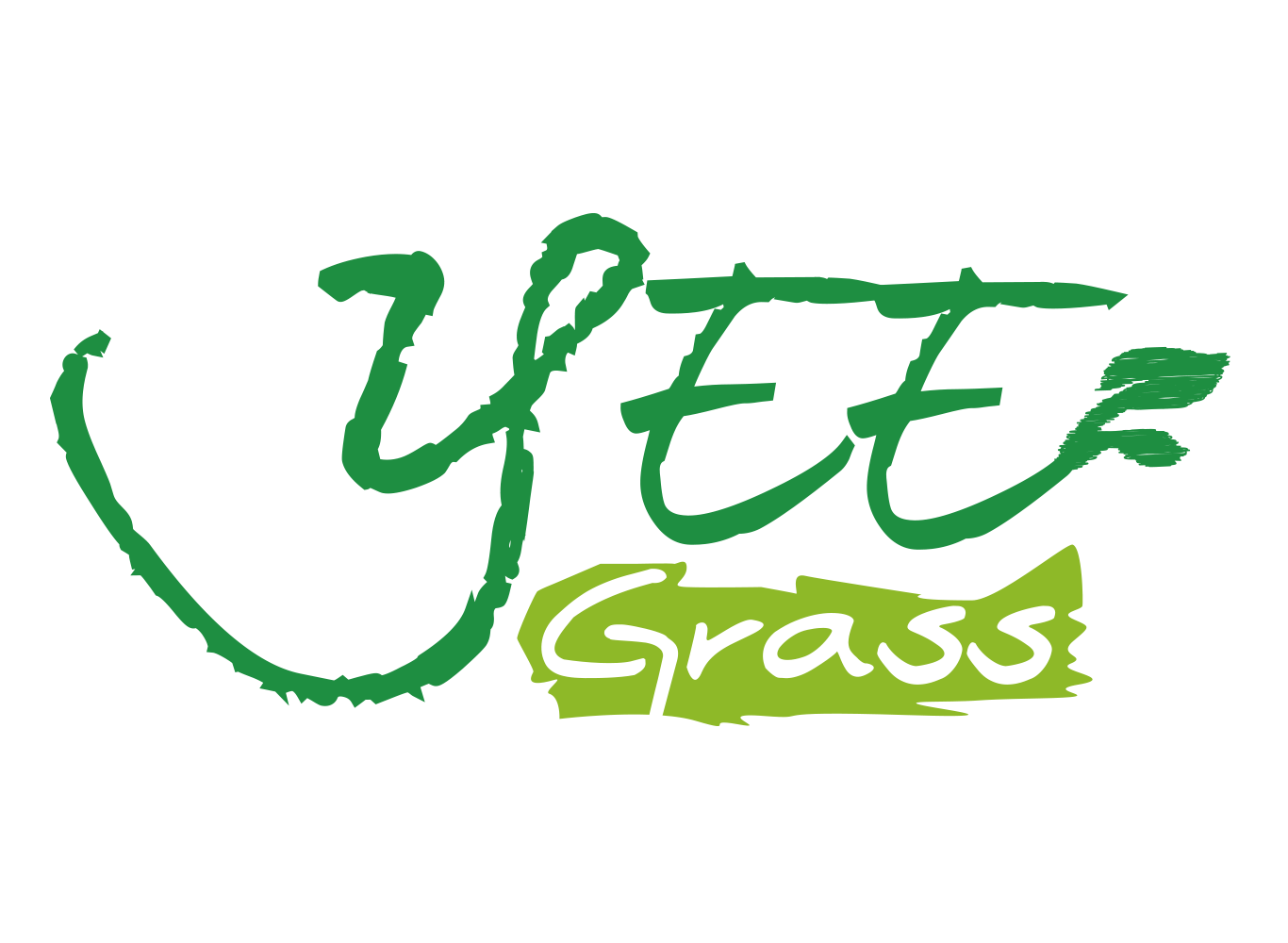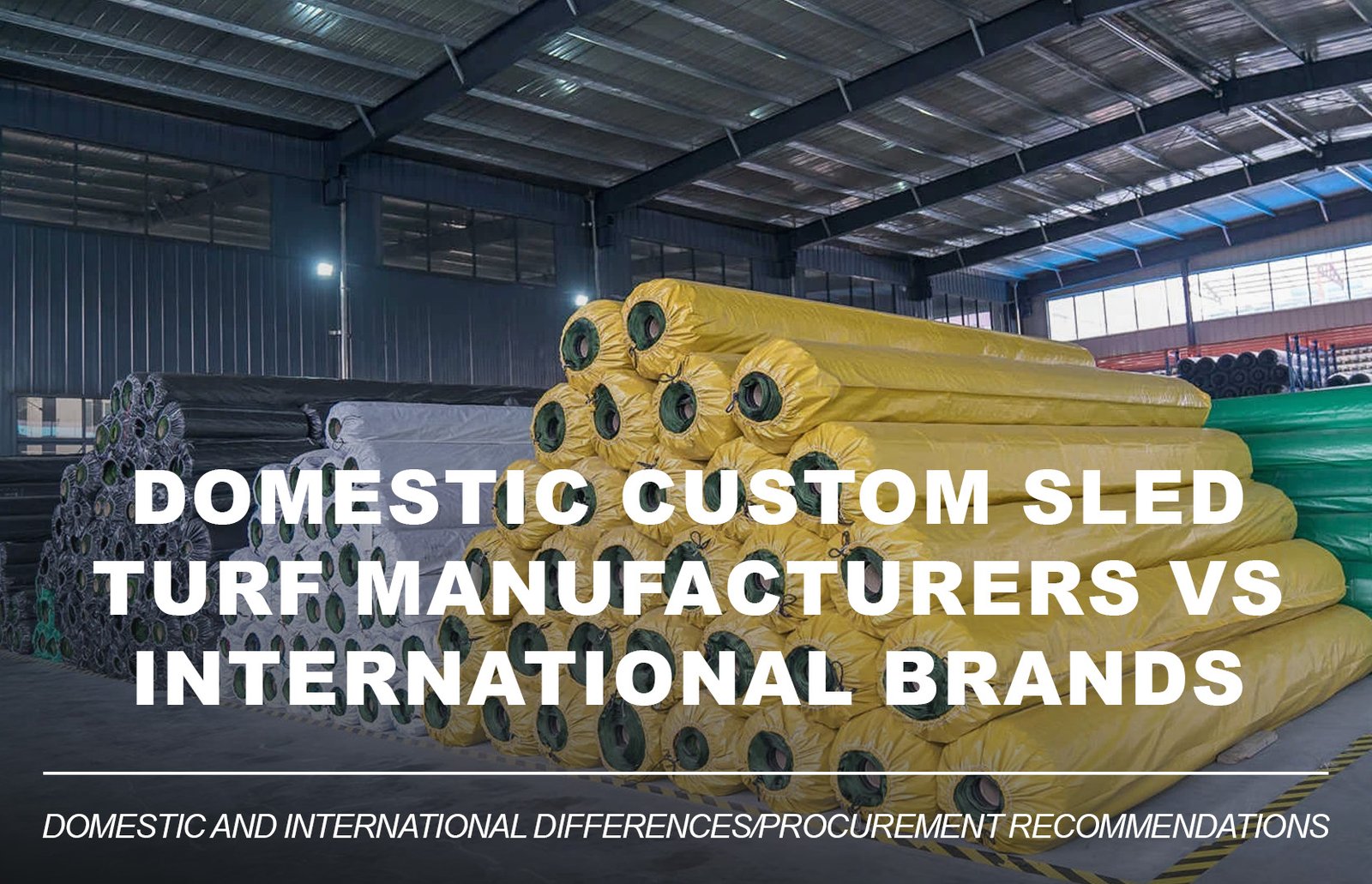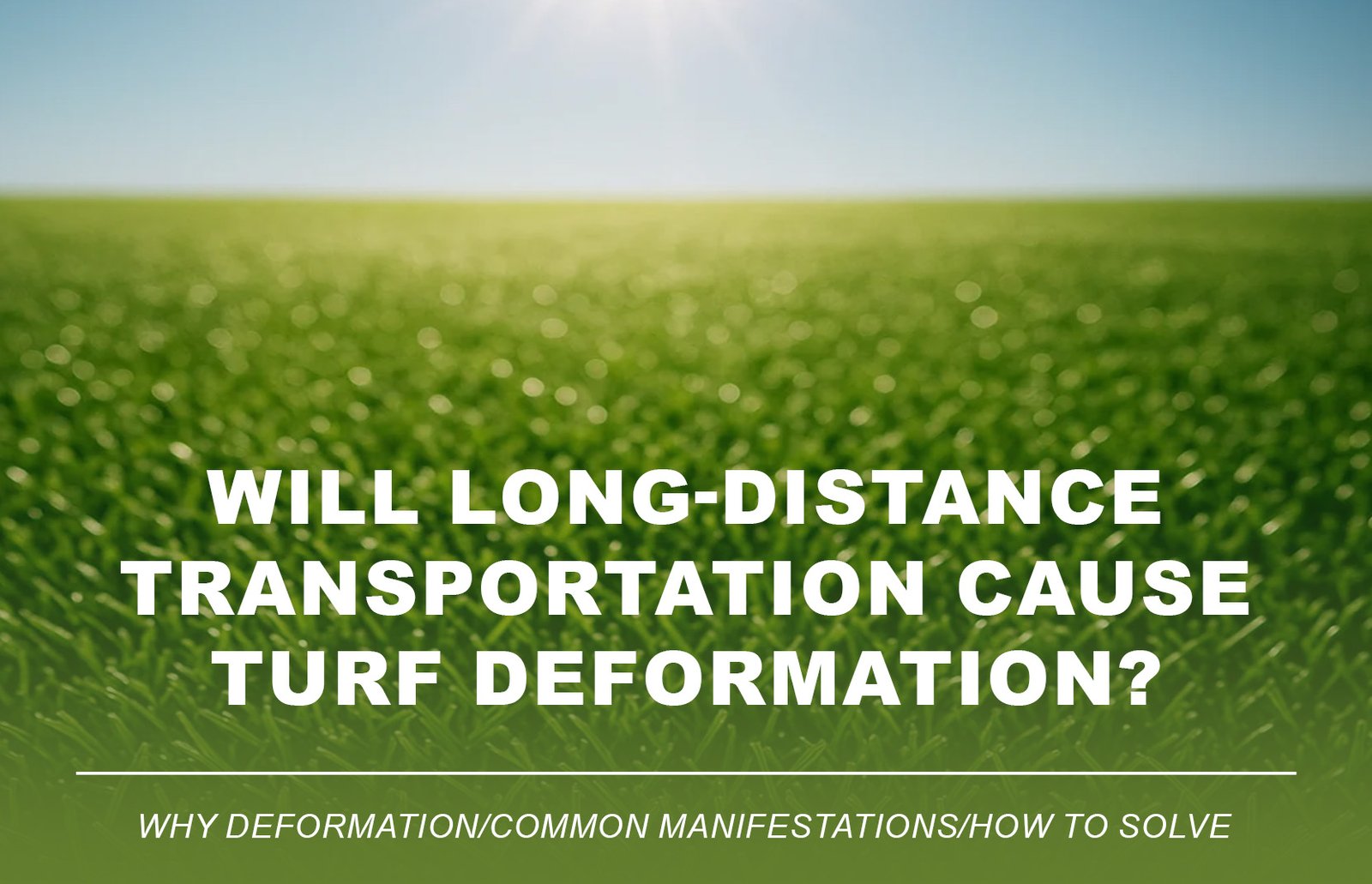
A well-installed artificial lawn is designed to bring long-lasting greenery and comfort. But over time, even the most durable synthetic grass begins to show signs of wear. If you’re wondering whether your turf is nearing the end of its life, this complete guide outlines 9 clear signs your artificial grass is aging, plus expert advice on when to replace turf and how to ensure your next installation lasts even longer.
1. Faded Artificial Grass: From Lush Green to Dull Yellow

If your lawn has turned a pale gray or yellow tone, it’s likely due to UV exposure and material degradation. This fading is one of the most noticeable signs of worn turf and affects both appearance and durability.
📌 Pro Tip: Compare turf color in shaded vs. sunny areas. If the difference is obvious, it’s time to think about artificial grass replacement.
2. Flattened or Matted Turf That Won’t Spring Back

Healthy artificial grass blades should spring upright after being stepped on. If your turf feels flat, crushed, or permanently matted, it has lost fiber resilience—especially common in high-traffic areas like playgrounds, gyms, and pet zones.
📌 Test This: Press down with your hand for 10 seconds. If it doesn’t rebound, your synthetic lawn may be too old.
3. Loose Fibers or Shedding Turf Material

Is your turf losing blades or threads? Shedding indicates backing deterioration or low-quality materials. This not only reduces lawn integrity but can also pose safety hazards for pets and kids.
📌 Warning Sign: If blades come off during cleaning, your turf is nearing its lifespan limit.
4. Turf Seams Splitting or Edges Lifting

When seams separate or edges curl, it’s often due to adhesive failure or shifting sub-base layers. Beyond looking messy, this can create trip hazards, especially in playgrounds or fitness spaces.
📌 Fix or Replace? Minor issues can be repaired, but multiple seam failures are a sign it’s time to replace your artificial turf.
5. Drainage Problems: Standing Water After Rain

If your artificial lawn retains water or drains slowly, it could be due to clogged drainage holes or a failing base layer. Poor drainage can lead to mold, odor, and surface damage over time.
📌 DIY Check: Pour water on the turf. If it’s not absorbed within 5 minutes, drainage is compromised.
6.Bonus Warning Signs to Watch For:

(1)Odor That Won’t Go Away
Old turf with poor drainage may trap pet waste and bacteria, causing persistent smells—even after cleaning.
(2)Uneven Surface or Sinking Spots
A degraded base or improper installation can lead to dips and uneven footing, reducing usability and safety.
(3)Mold or Moss Growth
If you notice dark patches or slimy texture, your turf may not be draining properly or is harboring moisture.
(4) 10+ Years in Use
Even if your turf still looks okay, most products are rated for 8–10 years of optimal use. Beyond this point, degradation accelerates.
7.When Should You Replace Artificial Grass?

- Multiple issues appearing at once (fading, seams, flatness, drainage): time to replace.
- Installed over 10 years ago? You’re beyond expected turf lifespan.
- Aesthetic upgrade needed: planning a remodel or want a softer, more modern turf? It may be worth switching.
8.Upgrade Tip: What to Look for in New Turf
When replacing, choose turf with:
- UV-resistant monofilament yarn
- ≥16,000 stitches/m² density
- PU backing for long-term durability
- Certified safety (REACH, EN71, RoHS)
9.Final Thoughts: Know the Signs. Plan the Replacement.
Artificial turf aging is inevitable—but spotting the signs early can help you plan a timely and cost-effective upgrade. Whether you want to maintain curb appeal, ensure safety, or enjoy fresh, springy turf again, recognizing when your turf is “too old” is the first step.
10.Ready to Refresh Your Lawn?
👉 [Request a Free Turf Aging Evaluation]
👉 [Get a Quote for Turf Removal & New Installation]








